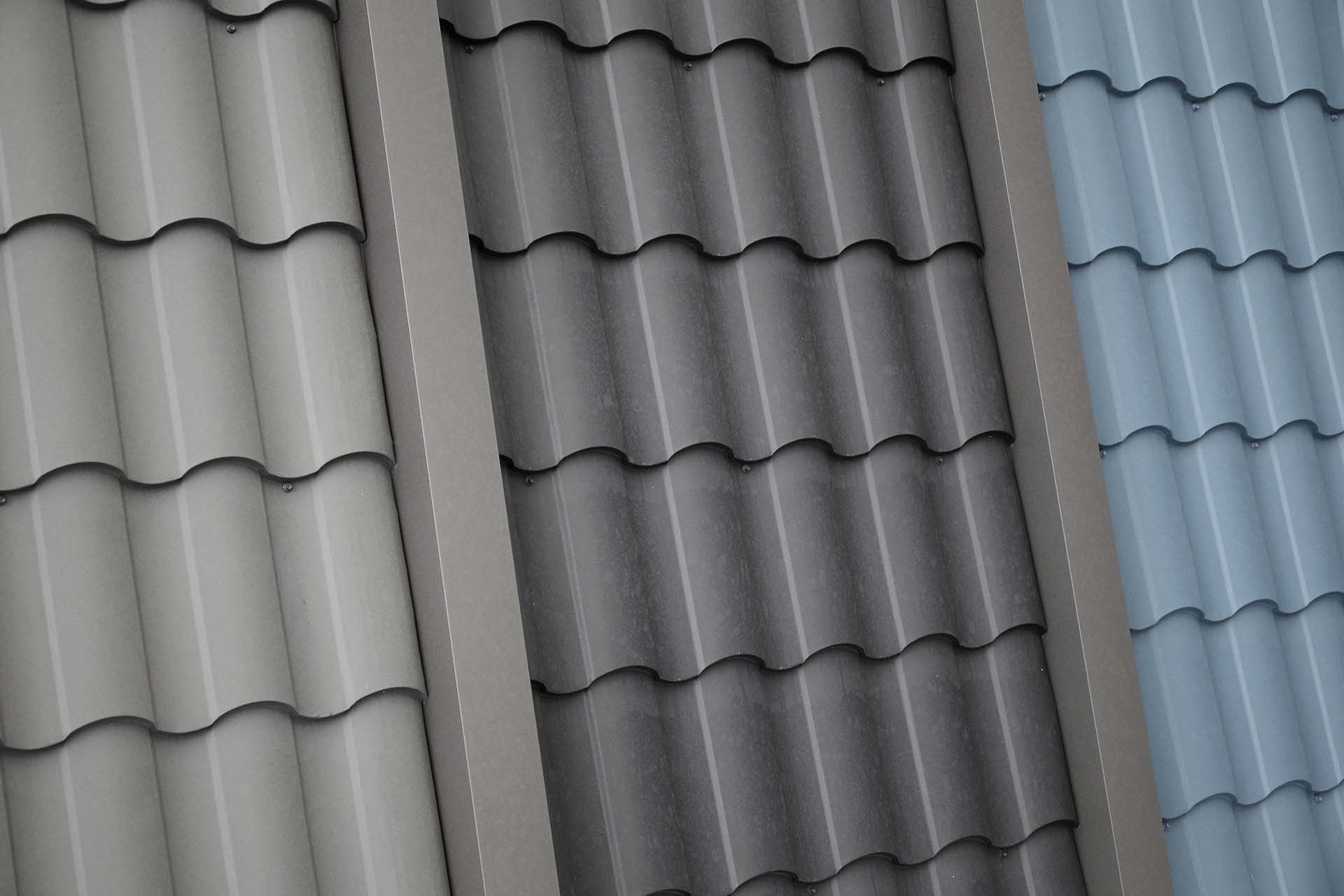What Are The Different Types Of Metal Roofs?
If you are considering replacing your roof, you must have metal roofs as one of your potential choices. Metal roofing offers various advantages, making them worth every penny of their price. They are not only durable and long-lasting, but they also require little maintenance and have a positive effect on the environment. Furthermore, metal roofs have a wide variety of types, each having their own distinctive qualities that can accommodate your needs. Here are the different types of metal roofs that you may choose from.
1. Aluminium Roofing
An aluminium roof is low-maintenance, has a long lifespan, and is available in a range of colours. Aluminium roof panels are primarily used for architectural roofing rather than structural roofing. Installing an aluminium roof on your home is advantageous for a variety of reasons. To begin with, metal does not rust. Because aluminium is corrosion resistant, it is an excellent choice for homes in wet areas or near bodies of water. In addition, aluminium is the lightest roofing material, weighing as low as 5 pounds per square foot. A lightweight roof is useful since it places less strain on your home's structure than heavier materials. Furthermore, aluminium is a pliable material that may be readily shaped into various profiles, giving you several design options to potentially make.
2. Copper Roofing
Copper roofing is well-known for its eye-catching and one-of-a-kind look. Over time, the copper will change colour, moving from appearing like a fresh penny to a blue-green or brown patina. The patina will change based on the climate to which it is exposed. Copper roofs are also available in a variety of forms, including tiles, shingles, panels, and sheets. Most people like this style of roofing because it offers several benefits. Copper roofing, for example, is beautiful, has a long lifespan, and is appropriate for places that endure water-related weather conditions. One of the main reasons people select copper is because of its eye-catching and unique look. It changes colour as it patinas, and the inherent differences in colour caused by this process make each copper roof seem distinct. Copper roofing outlasts nearly all other types of roofing. Copper has been known to survive hundreds of years, so you can anticipate your copper roof to last at least 60 to 100 years or more. In reality, prominent historical structures all over the world with copper roofs demonstrate that copper can withstand the test of time. The natural process that changes copper from a bright penny to a blue-green tint also makes it corrosion resistant. After being exposed to dampness and patinas, a protective layer is created, which keeps the roof from rusting.
3. Steel Roofing
Steel is a metal alloy composed of iron and other metals. Steel roofing has long been used on business structures, but it is also becoming popular for use on residential residences because of its affordability, longevity, and little maintenance. Steel roof care is minimal, especially when compared to other forms of roofing. It is crucial to remember, however, that steel roofing operates best when all leaves, branches, and debris are removed from the roof. You should also avoid gathering debris in gutters and on the roof itself, since this might lead to corrosion issues in the future. Furthermore, steel roofing will not decay or develop mildew problems. It is also resistant to termite and rodent infestation. One of the most significant benefits of steel roofing is that it is one of the few fire-resistant roofing materials available. When properly installed, it has the best fire rating available, Class A, making it ideal for areas prone to wildfires. Moreover, when properly constructed, a steel roof can last 40-60 years or more. It is not only the most economical roofing material described in this article, but it also provides long-term value when compared to other roofing materials that aren't composed of metal.
4. Zinc Roofing
Zinc roofing is comparable to copper roofing. It has a lovely look that will age and alter colour with time. The majority of zinc roofing panels used today are pre-patinated, or have not yet acquired their protective coating, which alters the look of the zinc. One of the main reasons that most people choose zinc for their new roof is because of its distinctive appearance that helps them stand out. Zinc will produce a protective coating of zinc carbonate when exposed to moisture and carbon dioxide in the environment. This procedure produces a gorgeous blue/grey patina. Patina is not only aesthetically pleasing, but it also prevents the zinc from rusting. The forming protective layer prevents the zinc roof from weakening. Because of this, zinc is an excellent choice for roofing if you live near bodies of water or experience extreme rain conditions. A zinc roof will also survive for 80-100 years or more. It's a "lifetime roof," just like copper. You won't have to worry about installing another roof after you install it.
Although metal roofs are more expensive than other types of roofing, they are worth their value because of the many benefits that they come with. Most if not all types of metal roofing require little maintenance, are attractive in their own unique way and are long-lasting. Some types of metal roofing that you should consider are aluminium, copper, steel and zinc. If you are considering installing a new roof for your home, it is recommended that you keep these options in mind.

